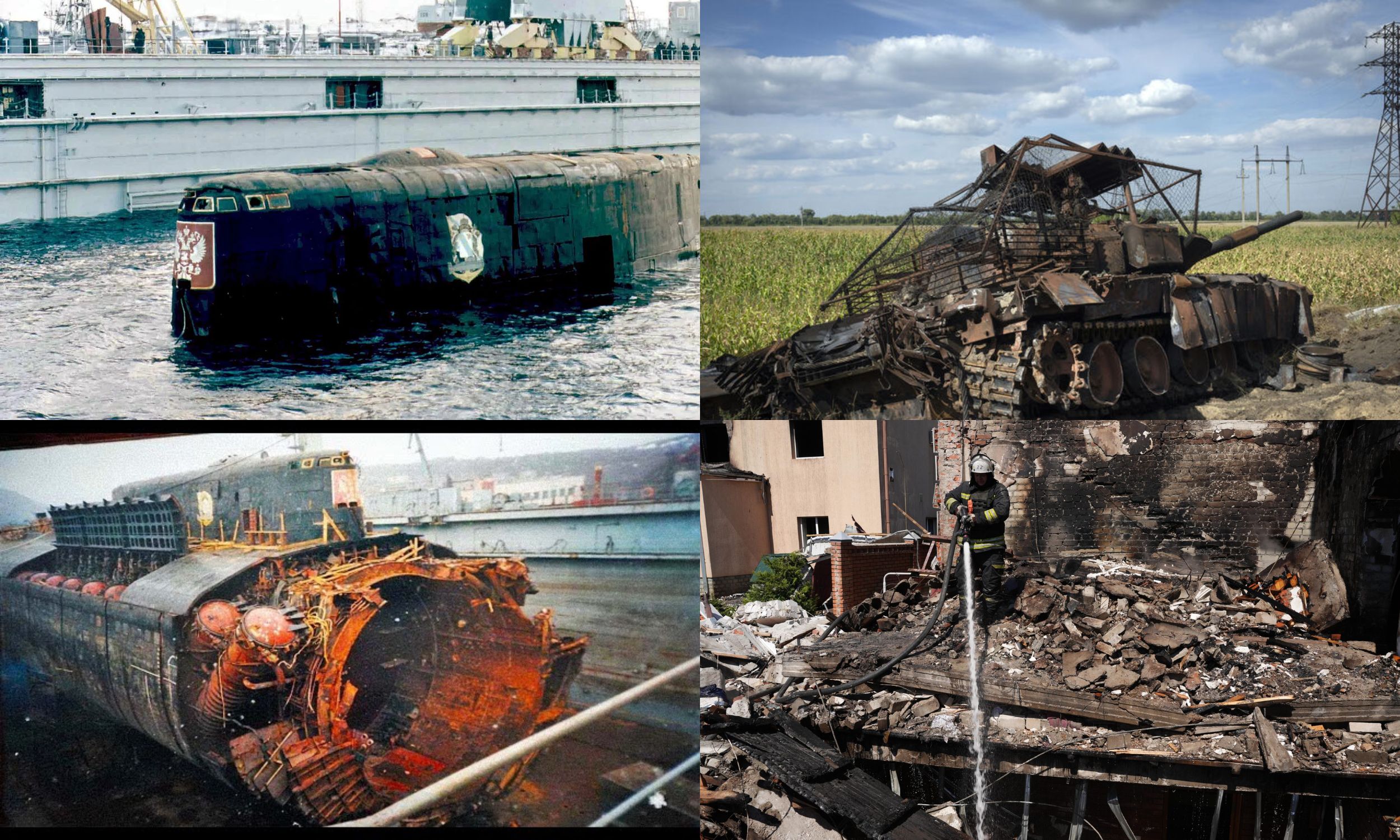Ukraine’s audacious counteroffensive has profoundly shifted the war’s landscape, laying bare the Kremlin’s escalating vulnerabilities and undermining its previously unshakeable facade. Since its initiation on August 6, Ukrainian forces have aggressively advanced into Russia’s Kursk region, reclaiming nearly 500 square miles, capturing hundreds of prisoners, and prompting the evacuation of at least 133,000 civilians.
Initially viewed as a potentially ill-fated summer initiative, this campaign led by Ukrainian General Oleksandr Syrskyi has surprised and destabilized Russian forces. The implications of this bold move extend far beyond the immediate military gains, revealing a deepening crisis within Russia’s ruling circles.

President Vladimir Putin, who once exuded firm control, now appears markedly unsettled, his once-commanding presence replaced by a more subdued and uncertain demeanor. The dramatic shift from his previous aggressive stance, including nuclear threats and high-profile public appearances, highlights the psychological strain of a protracted and seemingly futile conflict. Speculations about a body double persist, although the Kremlin asserts the authenticity of its leader.
Russia’s economic situation is deteriorating under the strain of war. The central bank’s interest rates have surged to 18 percent, and inflation is creeping toward 10 percent. Despite efforts to mitigate the impact through increased government payments and costly infrastructure projects, the strain of sanctions and depleting reserves is evident. The ongoing labor shortages and rising costs reflect the broader economic consequences of the war.
Historically prone to public dissent, the Russian populace has remained relatively passive, although economic hardship or heightened conflict could ignite protests. Signs of unrest are already emerging in ethnic minority regions, with protests and attacks observed in Bashkortostan and Dagestan.
The Kremlin’s military struggles, compounded by the fallout from the Wagner mutiny and questionable defensive strategies, signal a deepening crisis. With over 600,000 Russians affected and substantial damage incurred, the prospect of mobilizing new troops or withdrawing from Ukraine presents complex political challenges. As Ukraine’s strategy reveals, Russia faces an increasingly turbulent and uncertain period.


